
“In the recently-published Guide to West African History in Portuguese Archives, there are also clear references to gifts being sent to the kings of Akan, Abermus [Akwamus] and Asain [Assin] in the interior, and also [references] to traders from these kingdoms coming to Elmina by 1520. Clearly, then, the first states emerged in the south-western parts of Ghana not in 1550 or 1660, as Ward thinks, but before. But even more illuminating is the evidence being provided by both linguistics and archaeology… The linguists are now absolutely certain that Twi, Ga and Ewe… [three of the main languages in Ghana] emerged in their present form in situ.
“Using the grotto-chronological method of reckoning, one linguist… working in Ghana has concluded that the Twi-Fante and Guan languages began to split apart and to spread from the Volta belt into the forest belt between 1500 and 2000 years ago and that Ga and Ewe also separated from Twi-Fante 3,500 years ago. And this suggests that speakers of these languages must have been living in these areas for at least a thousand years, if not more. I am very much aware that many scholars are exceedingly skeptical about the conclusions arrived at by grotto- chronological analysis, but it appears that archaeological evidence is tending to confirm the conclusions of the linguists that the Twi and Ga peoples have been living in their areas for at least thousand years.
“From a study of stone axes, pottery and microliths, an archaeologist working in Ghana (Paul Ozanne) has recently concluded that ‘Ward’s suggestion that 600 years ago, the Accra plain was uninhabited must be ignored; a belt often or six miles wide along the coast has certainly been well-populated for a great deal more than 1,000 years, probably for the most part by the Ga- Adangbe people’. Both he (Ozanne) and another colleague of his, Davies, are convinced that ever since about 3,700 BC, the savanna and forest areas of Ghana have been in continuous occupation.”
Now, Adu Boahen had been lecturing at the University of Ghana, Legon, for only seven years when he went to the “temple” of African studies in Britain to deliver this explosive lecture that practically tore into shreds the “historical facts” peddled about Ghana by W. F. Ward, which had constituted the basis of the knowledge of their own country’s history, by almost every literate Ghanaian.
You see, Ward’s ‘A Short History of The Gold Coast’ was a prescribed school textbook for decades in Ghana. I am certain that Prof. Roland Oliver was secretly delighted when he heard the young Adu Boahen tearing into his “elders”, for teachers taking pride in those of their students who are able to “cause a stir” in academic circles.
But for Adu, it was a dangerous thing to do. For academics are very bitchy creatures, and if you cause them umbrage, they are likely to bear you a life-long grudge which will find expression in the backrooms of publishing houses and over coffee in many a Senior Common Room – the places where books are commissioned.
Adu Boahen, however, didn’t care a fig about these things. If people “bad-mouthed” him to publishers, or reviewers or University Deans, that was their business. As for him, he was indeed a Kontopiaat, and would no doubt have enjoyed enormously any mischief he sowed in the academic circles of the time.
In any case, he had a supreme belief in his own ability. His ambition was to rise to the top of the tree beneath which the young discipline of African history sought to blossom. If in doing so, he had to bury a few reputations that was too bad.
That was why, brimming with self-confidence, Boahen went on to finish off what amounted to a “hatchet job” on Claridge, Ward and Fage. How had they portrayed the history of Ghana from the end of the 15th century to the end of the 17th?
These historians – particularly Claridge and Fage – saw the history of Ghana during this period as essentially the history of the activities of Europeans in that country. Indeed, an article by Fage on the history of the Gold Coast in the latest edition of the Encyclopaedia Britannica began with the rather ominous words: “The first Europeans to come to the Gold Coast were the Portuguese who reached the country in 1471, in the course of their maritime expansion along the coast of West Africa.”
Fage also devoted the first 20 pages of the 26 pages of the second chapter of his book to discussing European activities in Ghana. Claridge, too, after dismissing the ethnographical accounts in eight pages, devotes the following 144 pages to the theme of European activities, from those of the Phoenicians to those of the Dutch and the Danes by 1699. Even Ward, who, to his credit, did take a look at the internal political situation in the Gold Coast, did not really analyse the circumstances leading to the emergence of the states that the Europeans found when they came, nor did he discuss the administrative machineries of those states.
Furthermore, though all these historians devoted a great deal of attention to European activities, they paid no attention to the effects of these activities on Ghanaians themselves. One looked in vain through their books for a discussion of the emergence, for instance, of the new African merchant princes, such as John Conny of Ahanta, the brothers John Classen and John Hennequa of Fern and John Cabes of Komenda, all of whom maintained a stranglehold on the trade between the Europeans in the castle and the Ghanaian traders from the inland states.
Nor was one told anything in their books about the new mulatto class (the products of the so- called ‘miscegenation’ between the European traders and the Ghanaians); of the new wage- earning class of artisans, canoemen, bricklayers, labourers, etc., and of the new class of civil servants or diplomats described as “company messengers” in the English records.
Equally, the political effects of the activities of the Europeans on the coast, namely the relative stagnation (if not the progressive weakening) of the states on the coast, and the steady growth and expansion of those in the interior such as Assin, Twifo, Denkyira, Akwamu and Akyem, were NOT pointed out by the historians, let alone explained.
Moreover, there was nothing about what was happening in the area to the north of Adansi and Denkyira, nor much about what was going on in the basin of the Volta. Yet, to the north of the Adansi area, the 16th and early 17th centuries had witnessed the rise or expansion of a number of states within a radius of about 30 miles of modern Kumasi, all having the same social and political institutions and military organisation.
These states included Tofo (sic: Tafo?) Amakom, Ohwim, Asantemanso, Kwaaman, etc – states which were later hammered together into the nucleus of the Asante Empire. The founders of all these pre-Asante states were, as was evident from the matrilineal clans to which they belonged, Akan and not any “state-forming invaders from the north”, and the reason for the emergence of all these states in the relatively small area was precisely because that region was not only rich in gold and kola nuts, but it was also where the trade routes from the Timbuctu-Jenne and Hausa- Bornu areas to the northeast and northwest, respectively, terminated.
In the Volta basin, the 16th and 17th centuries saw a rapid expansion of Mamprussi and Dagomba and the evolution of provincial administration. It was towards the end of the 16th century that Gonja was founded near the confluence of the White and Black Volta by a group of Mandes, who according to Goody, had lived in the region of Banda where they had adopted the Guan language.
The 17th century was marked in the north by a bitter struggle for the control of the basins of the Black and White Volta between Gonja and Dagomba, a struggle which ended in favour of the Gonja.
Commercially, while trade along the northwest route declined, following the conquest of Songhai by the Moroccans in the 1590s and the ensuing anarchy in the region of the Niger bend, the trade with the Hausa states became particularly brisk. Socially, this was the period when Islam was consolidated in northern Ghana, and the incorporation of the Muslim estate into the Gonja social and political set-up occurred.
“To me then,” Adu Boahen said, “the history of Ghana in the 16th and 17th centuries is not only that of the rise and development of the Atlantic slave trade, the increasing competitive nature of European activities and wars in Ghana with the appearance of the English, the French, the Dutch, the Danes, the Swedes, the erection of a bewildering number of forts and castles, and the balance sheets of these European trading companies.
“It is also – and indeed essentially – that of a purposeful continuation of the processes at work before the arrival of these Europeans, the processes of state formation, of the evolution of political and cultural institutions and of social change. By introducing guns and gunpowder, as well as providing a greater economic incentive – and these two account for the expansion of the inland states – the arrival of Europeans merely accelerated these processes already at work. Additionally, this catalytic effect of the coming of the Europeans was confined essentially to southern Ghana, the area south of the confluence of the rivers Offin and Pra.
The peoples and states to the north of these rivers as well as those of the Black and White Volta basins were, by and large, still northern-orientated and strong commercial contacts, especially with the Hausa states and Bornu to the northeast.
“Indeed, no about-face ever occurred at any time in the history of Ghana as a result of the coming of the Europeans, as one historian contends.”
Indeed, no about-face ever occurred at any time in the history of Ghana as a result of the coming of the Europeans, as one historian contends.
BY CAMERON DUODU
The post How Adu Boahen unlocked Ghana’s history Continued from yesterday appeared first on Ghanaian Times.
Read Full Story


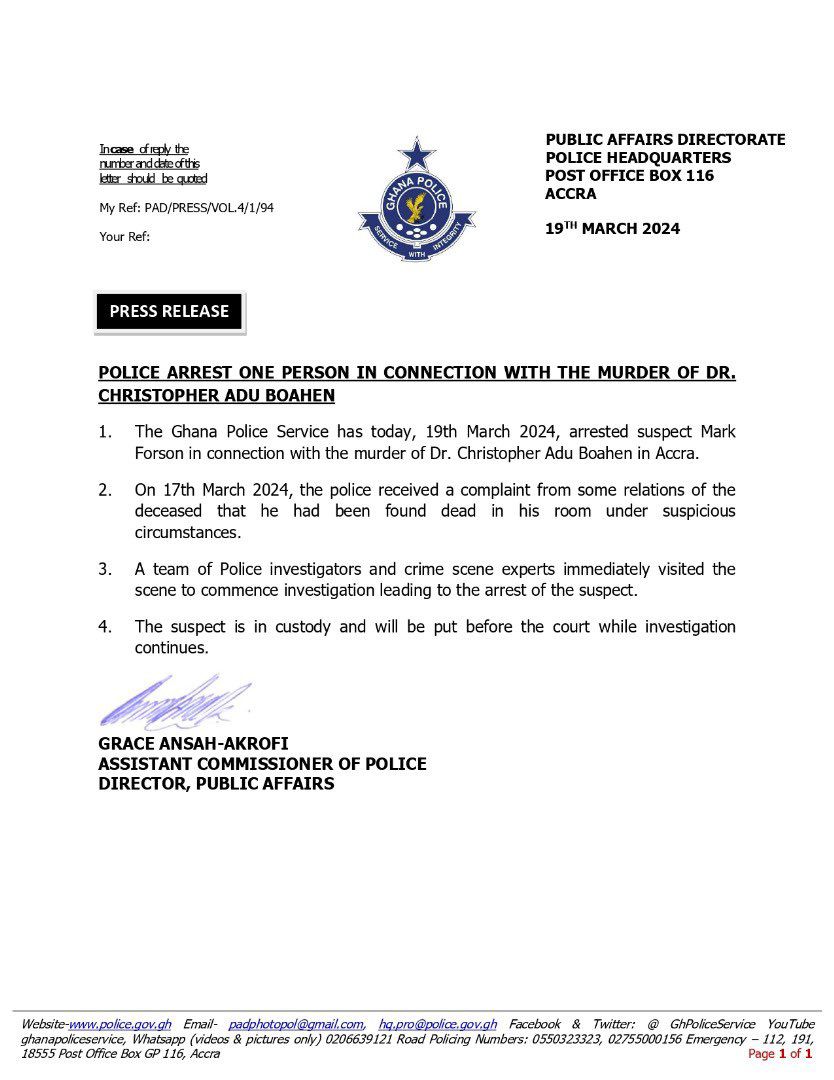

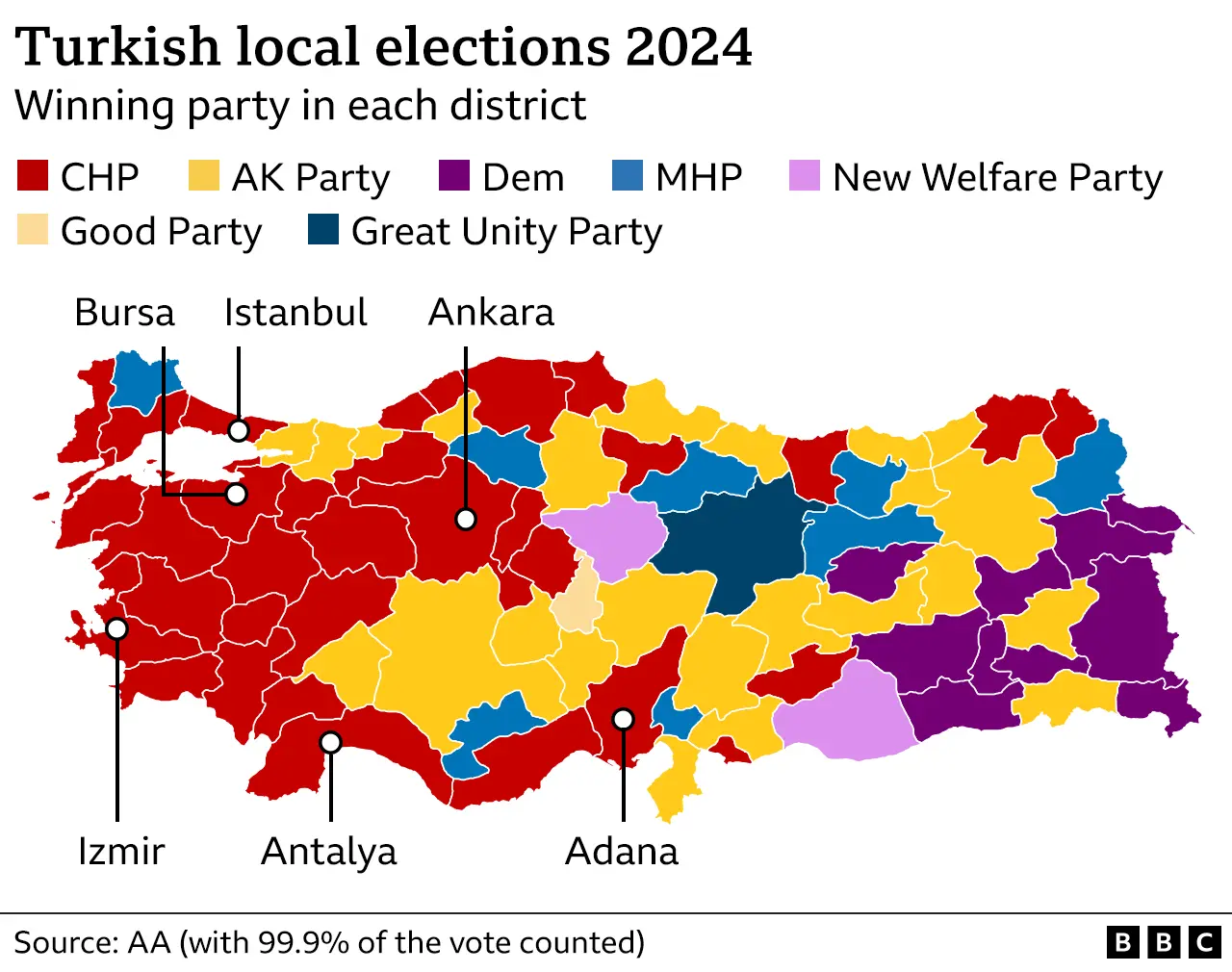

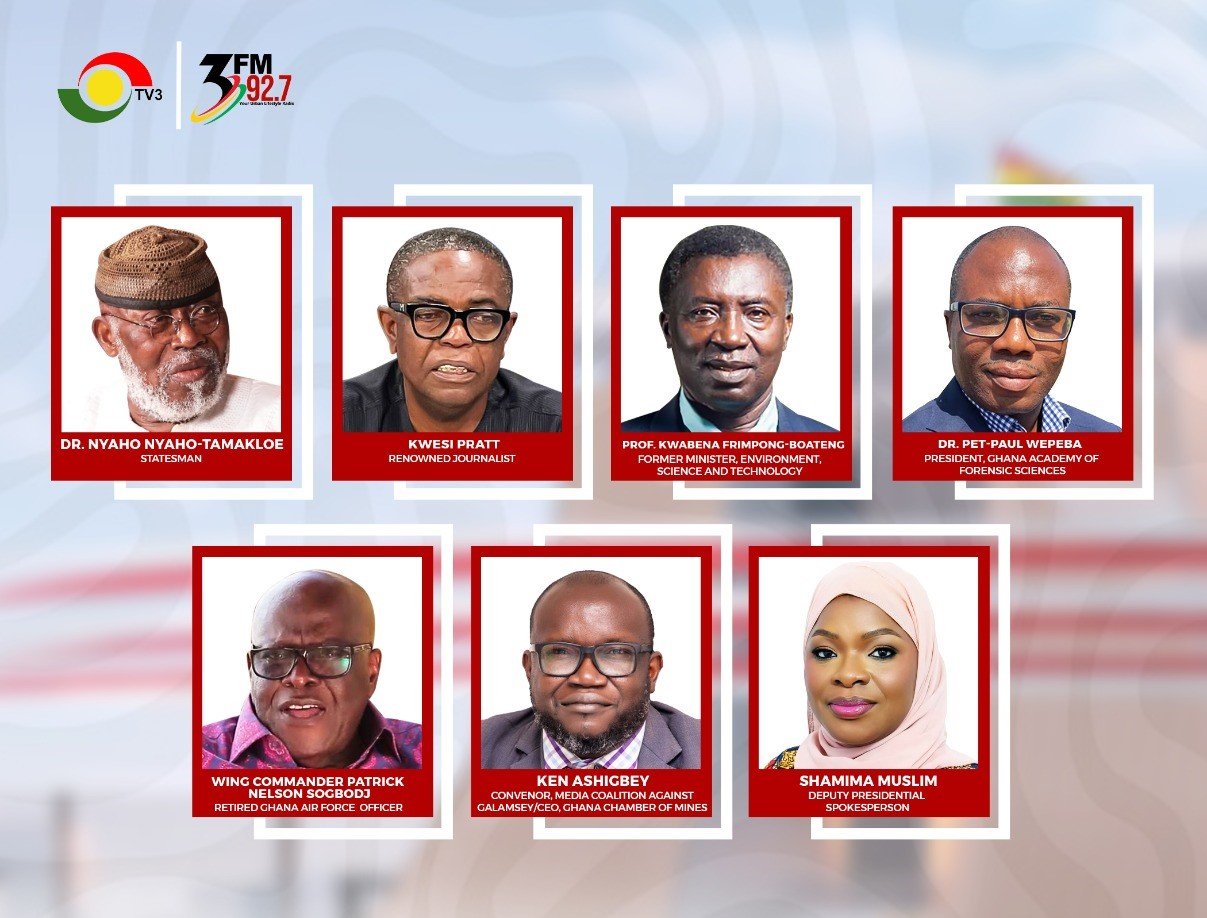




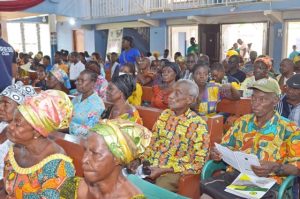
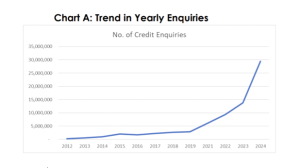


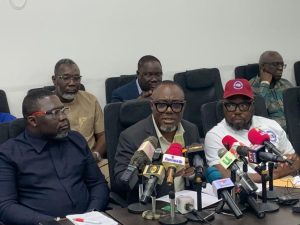
Facebook
Twitter
Pinterest
Instagram
Google+
YouTube
LinkedIn
RSS